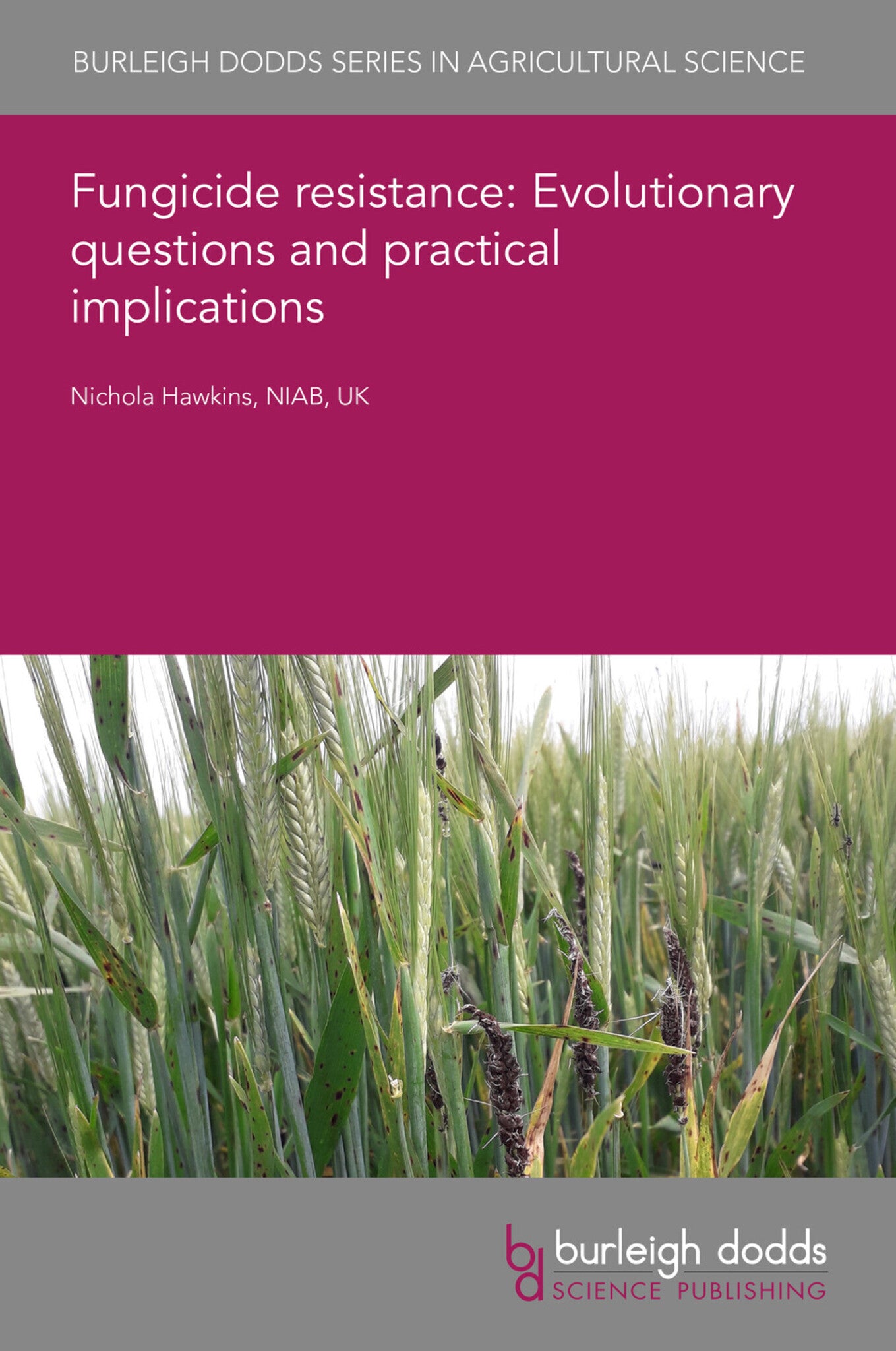We're sorry. An error has occurred
Please cancel or retry.
Fungicide resistance: Evolutionary questions and practical implications

Some error occured while loading the Quick View. Please close the Quick View and try reloading the page.
Couldn't load pickup availability
- Format:
-
25 September 2023

The evolution of resistance is a major threat to the efficacy of fungicides. Therefore, to achieve more durable crop protection, we must understand the evolutionary processes driving resistance, in order to apply more effective strategies to manage the risk. The inherent resistance risk of a fungicide depends on the evolutionary accessibility and overall fitness of resistant genotypes, while the inherent resistance risk of a pathogen depends on its adaptive potential, but the overall risk in practice also depends on crop and disease management. In order to design optimal resistance management practices before resistance has evolved in the field, we must predict the evolution of resistance: greater understanding of the adaptive landscapes and fitness trade-offs underlying resistance evolution will improve such predictions, but it is also important to understand that resistance evolution will be less predictable for some fungicide groups than others.

TECHNOLOGY & ENGINEERING / Pest Control, Pest control / plant diseases, TECHNOLOGY & ENGINEERING / Agriculture / Sustainable Agriculture, TECHNOLOGY & ENGINEERING / Agriculture / Agronomy / Crop Science, Sustainable agriculture, Agronomy and crop production, Agricultural science

- 1 Introduction
- 2 Evolutionary origins
- 3 Adaptive potential and pathogen risks
- 4 Trait complexity and fungicide risk
- 5 Fitness penalties
- 6 Predictability of resistance
- 7 Conclusion and future trends
- 8 Where to look for further information
- 9 References



